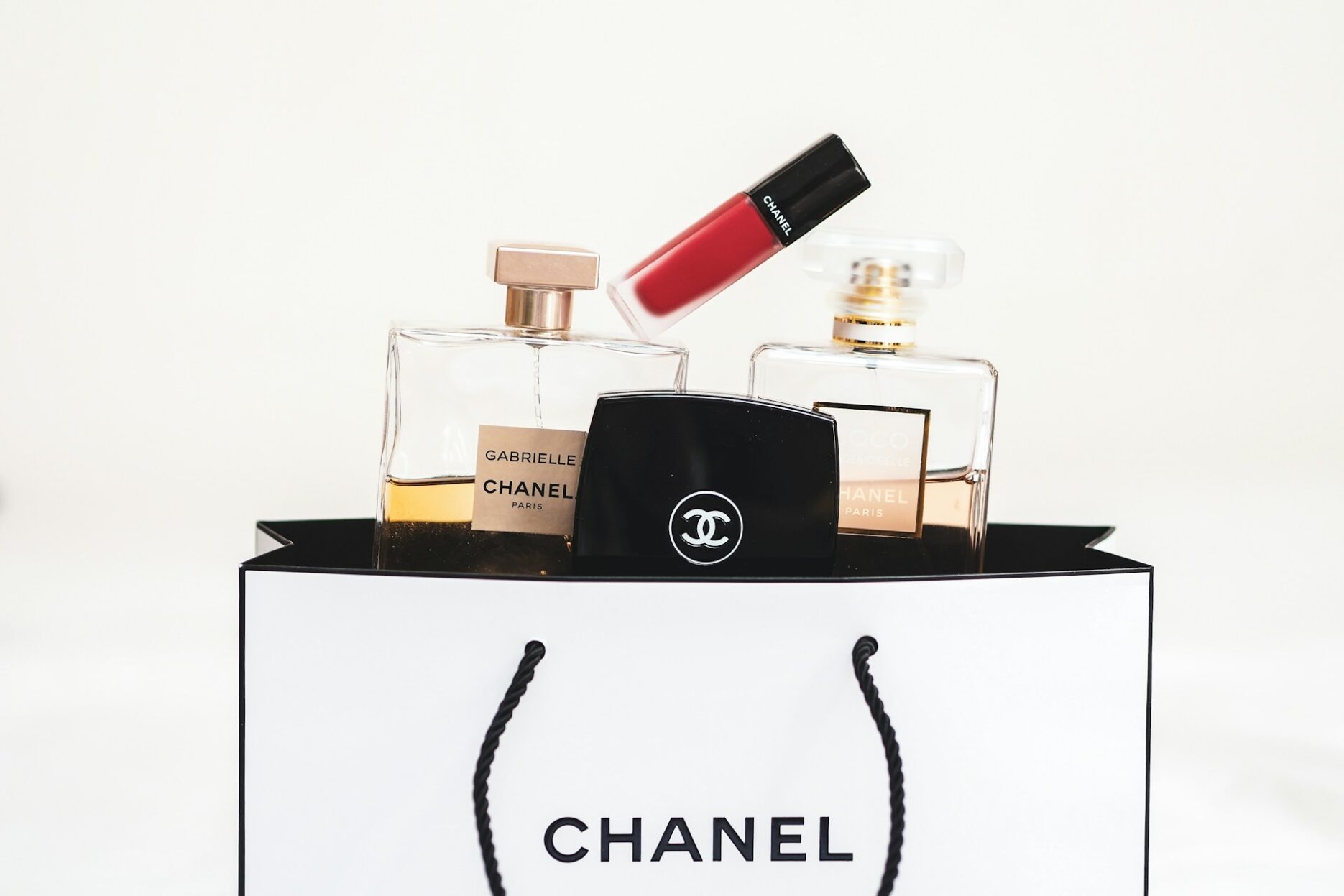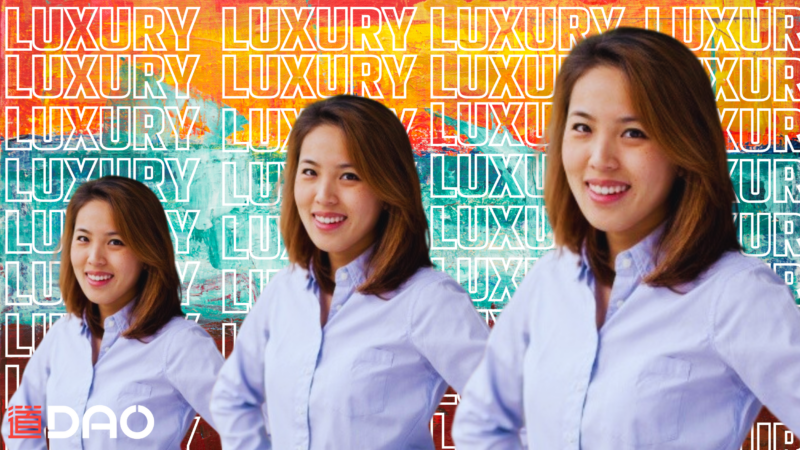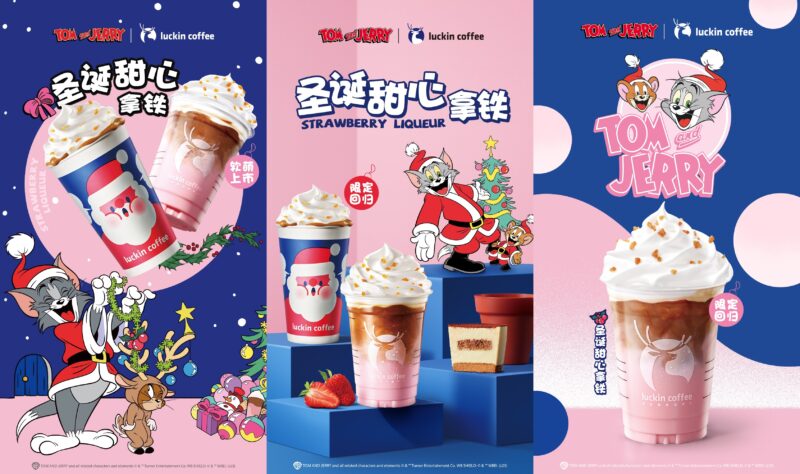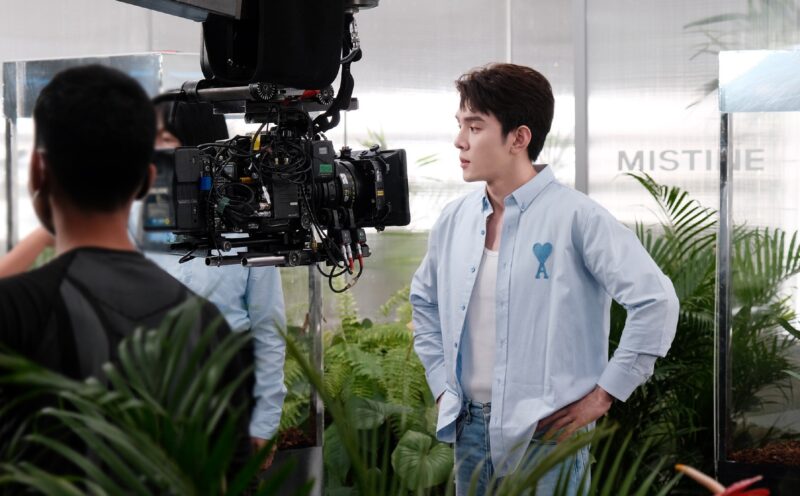In the dynamic landscape of China’s luxury market, the diverse array of luxury consumers can be categorized into distinct types, each driven by unique preferences and lifestyles. Navigating this multifaceted market requires an understanding of these luxury consumer personas, as brands tailor their strategies to resonate with the varied motivations and preferences that define China’s evolving luxury landscape. Dao Insights presents the 6 key Chinese luxury consumers marketers should get acquainted with.
1) The Luxury Connoisseur
These consumers are long-time collectors of luxury items who know the sector inside out. They are well-versed in the history of the most reputable luxury houses and love to keep tabs on upcoming launches of time-limited products. They are appreciators of art and fine objects first and foremost – they want the best the world has to offer and care deeply about the craftsmanship of products. Luxury is an indispensable part of their life and they often think in terms of long-term investment value rather than experimenting with new looks or attaining a certain style.
The kind of content that appeals to them are cultural exhibitions, art classes, jewellery appraisals, private VIP salons, updates on auctions happening in their local area or private VIP salons.
2) The Quality Chaser
This family-centric consumer is seeking comfort and taste in all aspects of their lifestyle. Again these consumers are experienced luxury consumers, but unlike the luxury connoisseurs, they are less wedded to specific brands. They are open to buying from brands they haven’t previously as long as the products align with their taste. They tend to have a classic, elegant style and a keen eye for well-made products. When weighing up purchase decisions, they tend to gravitate towards timeless designs that will lend them an air of elegance and fit well with their personal style. They also prefer items that are most likely to retain their value over time.
They are interested in a wide array of lifestyle content including marriage and children, travel suggestions, financial and property advice, as well as more luxury-specific areas like fine jewellery and outfit suggestions.
3) The Aesthetic Indulger
This next type of consumer is a woman aged 25-35, based in New First Tier and First Tier cities. You will often see her sporting a tote bag with a major brand name on it, sashaying through city streets sipping on an Iced Americano. She enjoys luxury as a form of self-reward and self-care, in line with the quintessential Gen Z luxury consumer, and she is always in pursuit of the finer things in life – she is motivated more by pleasure than by status. When considering a luxury purchase, an aesthetically pleasing design is the biggest draw, but she also looks for clothes and accessories that are functional in daily life. Her strong belief in self-reward gives her strong purchasing power with the potential to keep growing.
The content she most enjoys online relates to exercise, travel, beauty and healthcare, jobs, relationships, and pets. Online “seeding” through fashion bloggers, celebrity endorsements, and word-of-mouth recommendations have the strongest influence on her purchasing decisions.
4) The Status Seeker
The male counterpart to the Aesthetic Indulger, these young men aged 25-35 reside mostly in New First Tier Cities. Like the New Middle-class Quality Chaser, he wants to pursue a more refined or elite lifestyle, but unlike those consumers, he might not be an established luxury spender just yet and needs some guidance to get acquainted.
To his mind, luxury products are a ticket to exclusive social circles. He is a high earner who cares a lot about his image, but he isn’t in the habit of allocating funds towards fashion. It might be more his natural inclination to spend on his hobbies and pastimes as well as fine dining. However, he strongly admires those who wear luxury products and is willing to invest time and energy in learning more about their lifestyle.
He is most likely to consume content related to gaming and esports, sports and outdoors, but he also likes to see premium watches and luxury cars. Seeding and celebrity endorsements are persuasive for him, as well as what is popular in his current social circle or his aspirational social circle. Brand reputation and social value/cultural capital are the biggest considerations when choosing products, but he might also choose items that convey a sense of individuality or as gifts for professional contacts.
5) The Fashion Groundbreaker
The youngest of the consumer personas, these luxury consumers are under 25, and many of them are still students or recently graduated. They care a lot about current trends and their tastes are fluid and relatively easily influenced. To them, luxury is a form of experimentation and maximalism that keeps them up-to-date with the most cutting-edge fashion. They are considered entry-level luxury consumers. They are much less established in their careers than the other consumer types, and so they don’t have a lot of disposable income yet, but their keen interest in fashion gives them huge potential to be future luxury spenders as they climb up the career ladder.
Their favourite types of content are makeup tutorials, studying, gaming and esports, celebrities, and popular music. Their decisions are most influenced by whether items are considered fashionable according to the latest trends.
6) The Small Town Upstart
Unlike all the other personas, you won’t find this luxury consumer on the streets of Shenzhen, Chengdu, or even Kunming. They are inhabitants of China’s third and fourth-tier cities. While these places may never be chosen as the location for the latest luxury shopping complex or for brands’ hottest offline activation, there are still luxury consumers to be found there.
These consumers are part of a growing group of young professionals who studied or worked in top-tier cities but, squeezed by high living costs, returned to their hometowns in search of a better quality of life. These “small town youth” are typically highly educated and can land well-paying jobs in the less competitive job market of their hometowns. Abundant in leisure time, they have been called an emerging consumer power due to their considerable spending power that so far has gone largely unnoticed by major brands.
Luxury products are not part of their life yet, but they have noticed other people’s luxury products and want to follow suite. Brand reputation and social value mean the most to them. Their favourite types of content are domestic life, mother and baby, celebrity gossip, TV and web dramas, and makeup tutorials.
This list is based on the 2024 Luxury Trends White Paper published by Vogue Business in collaboration with Xiaohongshu, China’s no.1 lifestyle-sharing platform. Xiaohongshu has over 260 million monthly active users, 70% of whom fall into the post-90s and post-95 generations. You can find the full report here, including a breakdown of the biggest trends in luxury fashion by product category (Credit: SocialBeta).









